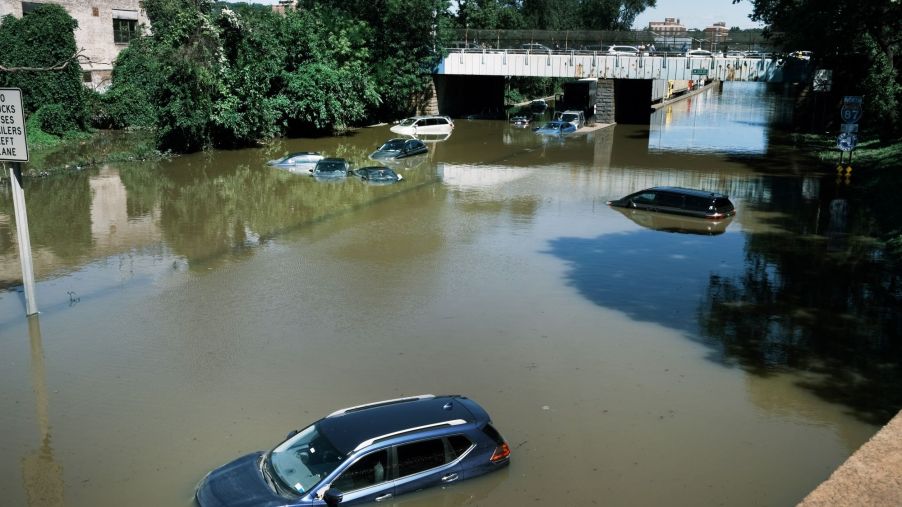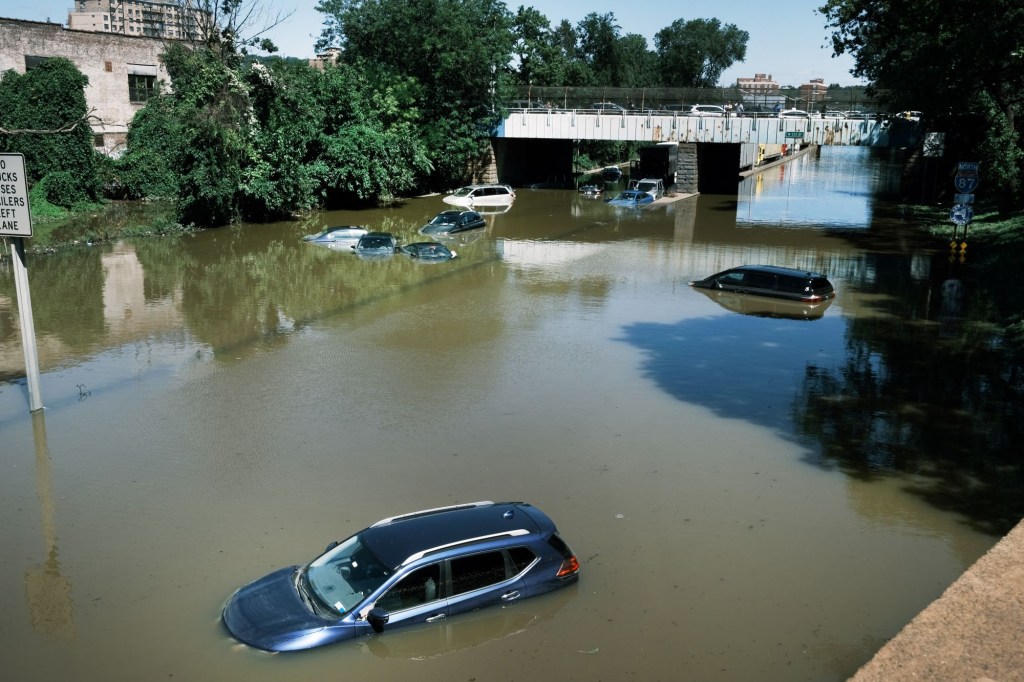
Will Gas Prices Be Affected by Hurricane Ida?
Though Hurricane Ida is a distant memory or many of us, there are still concerns about the long-term problems that could have come from it, and maybe still could. Not only did it raise the risk in new or used car sales, but it also made us worry about the long-term effects of rising gas prices more than they were already anticipated due to troubles in Afghanistan.
Hurricane Ida left a trail of destruction

Hurricane Ida was a storm that grew quickly as it traveled across the Gulf of Mexico. Its aim was Louisiana. When it made landfall on August 29, 2021, it set records for the destruction that it caused. It is now recognized as the second most intense storm to make landfall in Louisiana, with winds of 150 mph and gusts of up to 172 mph just offshore.
Its reach extended much further than the impact zone near Port Fourchon, Louisiana. It caused massive flooding in a path that went well into the Northeastern U.S. In Newark, New Jersey, the remnants of Hurricane Ida dropped enough rainfall to break a 62-year record.
In its path, as floodwaters set in and gas became a major commodity, it left us all questioning what the future would hold for not only those in the storm’s path but the rest of the United States. Would gas shortages happen? Would the market be filled with cars that have sustained flood damages? In short, how would it affect transportation as a whole, and would it be as severe as Katrina in 2005?
The storm has caused gas shortages in Louisiana and beyond
Though power is back on in Louisiana now, it took a month for it to happen in some areas, which is why residents were urged to stay away if possible, according to CNN, just days after impact. The people who chose to ride out the storm were already scrambling to find gas and other supplies while dealing with brutal temperatures. According to AP News, people were standing in line for hours to get into what few stores had power or could open their doors.
The problem was after Hurricane Ida made landfall, it was reported that it could be weeks before oil refineries could be fully operational again. This shut down on top of already higher than normal gas prices due to tanker truck drivers could make it hard for anyone to get gas, even in other areas of the United States. As reported by Kelly Blue Book, gas prices had already risen 80% since the pandemic-driven low.
The widespread problems were further compounded by the gas stations that were seriously damaged during the storm’s fury. It appeared that there were many gas stations and other stores that would take time to rebuild and become operational.
Not everyone agrees regarding the potential for long term gas shortages
The Washington Post reported that 278 of the 560 offshore oil platforms in the Gulf of Mexico were still evacuated days after the hurricane made landfall, and Colonial Pipeline shuttered portions of its pipeline for a short time. They also stated that according to the Department of Energy, it was unlikely to cause a national fuel shortage, even though the national average of gas prices increased from $3.13 to $3.19 in the days following Ida’s impact.
According to the NPR, it should have a minimal impact on a national level. Minimal does not mean you won’t see an increase. This is proven by the fact we are still witnessing gas prices climb a little. The national average cost of gas now, more than a month after Hurricane Ida, is still around $3.21.


